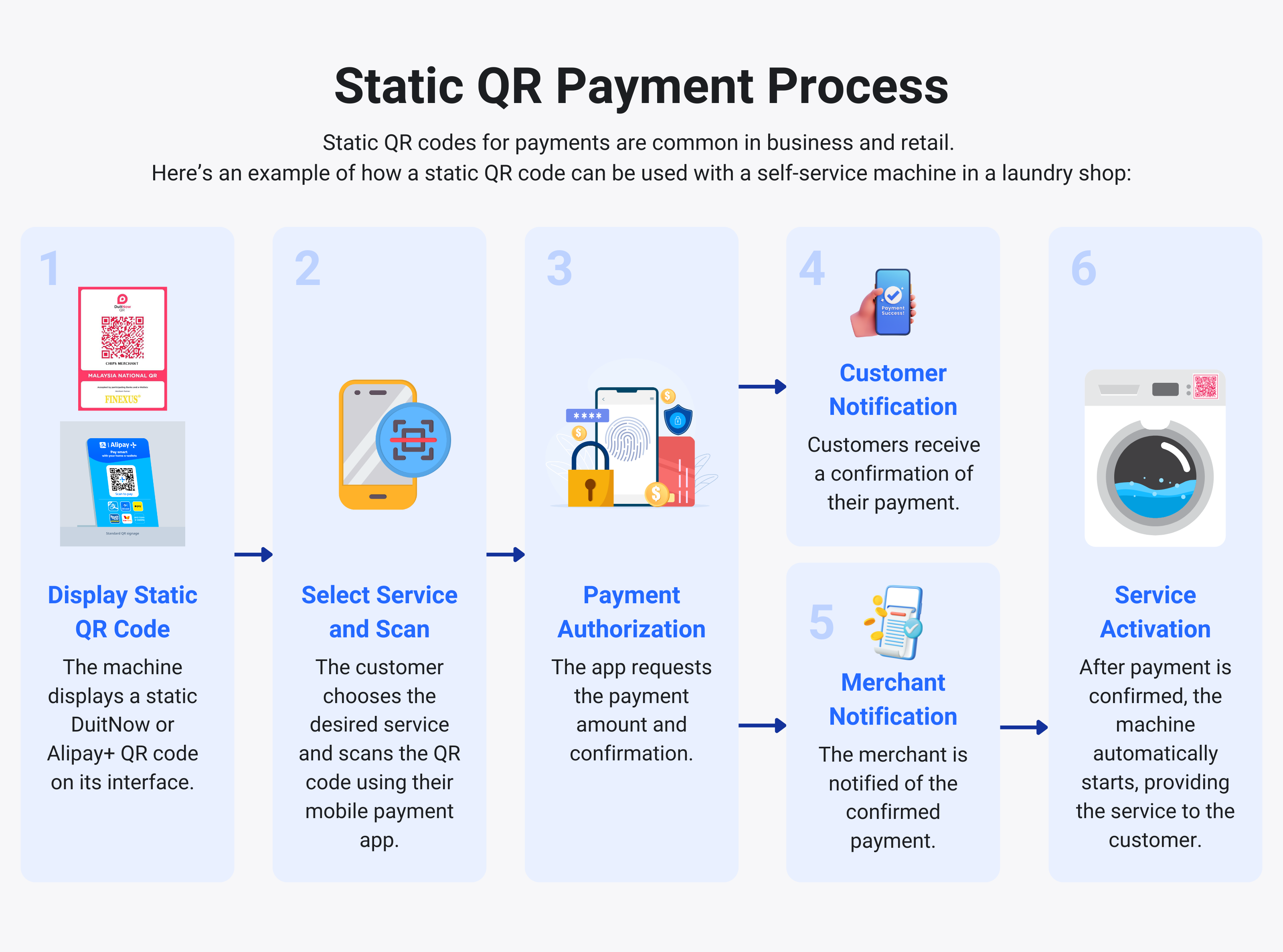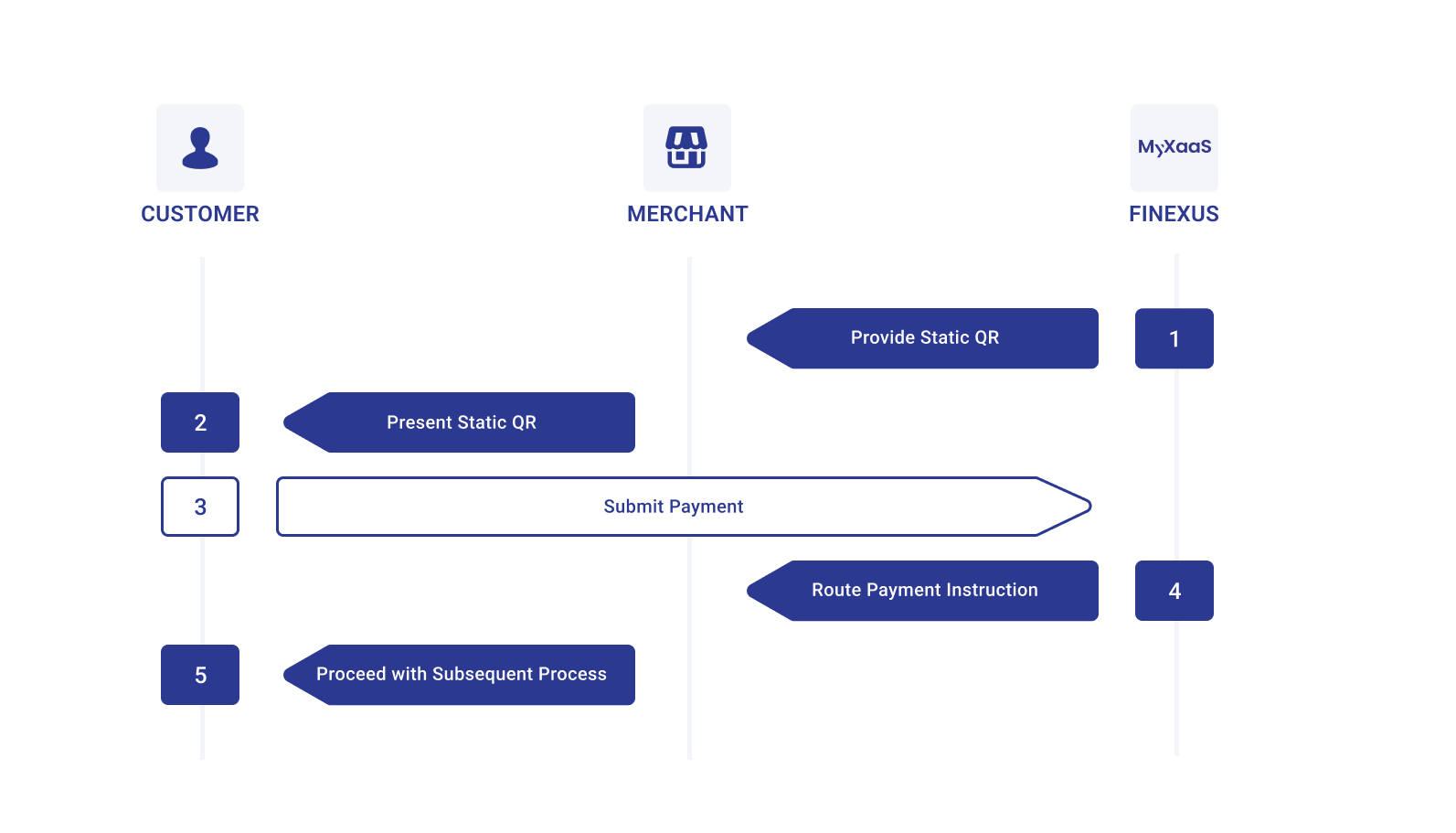Static QR Payment
Simplifying Payments: The Efficiency of Static QR Payments
In the world of digital transactions, simplicity and accessibility are key. Static QR payments offer an intuitive, low-cost solution for businesses and consumers alike, providing a straightforward way to process payments without the need for complex systems or constant updates.
With static QR payments, a single QR code is generated with fixed information, such as a merchant’s account details. Customers can scan the same code repeatedly to make payments by entering the amount, making it ideal for small businesses, street vendors, and service providers who require a consistent and easy-to-use payment method.
Static QR codes are a reliable option for businesses seeking to embrace digital payments without the overhead of advanced technology. Their simplicity makes them an attractive choice for organizations looking to offer a convenient payment option that meets the needs of a broad customer base.
As the demand for digital transactions continues to grow, static QR payments stand out as a practical, accessible solution that bridges the gap between traditional cash transactions and modern payment methods.

Static QR Payment
Process Flow Diagram
The diagram below provides a more detailed visual of the static QR payment process, mapping out each step:
Process Flow Table
The table below breaks down the static QR payment process into detailed steps, showing the specific interactions between the Customer, Merchant and MyXaaS:
| Step | Sender | Receiver | Process |
|---|---|---|---|
| 1 | MyXaaS | Merchant | MyXaaS provides Static QR code to Merchant. |
| 2 | Merchant | Customer | Merchant presents the Static QR code to Customer. |
| 3 | Customer | MyXaaS | Once the Customer scans the QR code, the payment will be received by MyXaaS. |
| 4 | MyXaaS | Merchant | MyXaaS routes the payment instruction to Merchant. |
| 5 | Merchant | Customer | Merchant does the subsequent process to complete the payment. |
